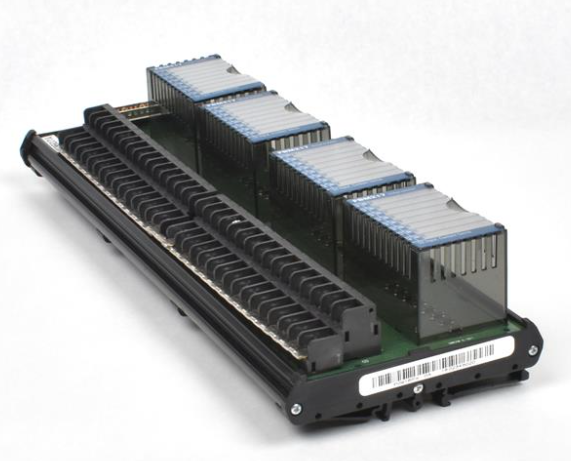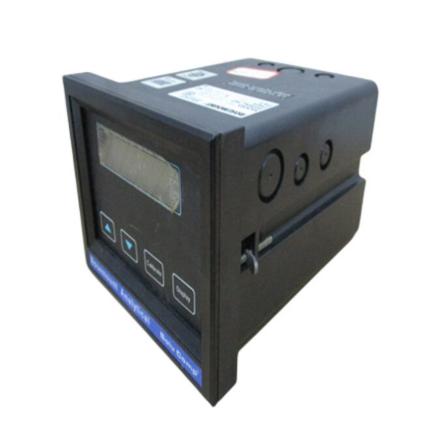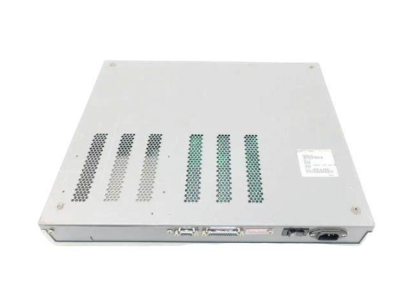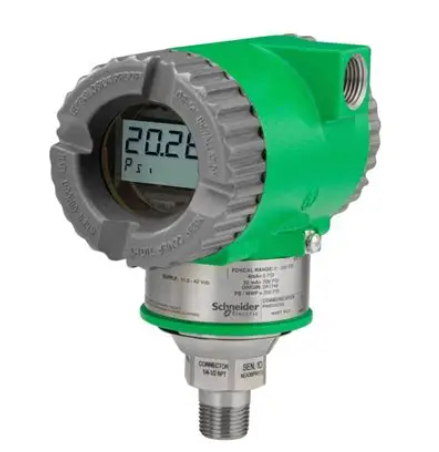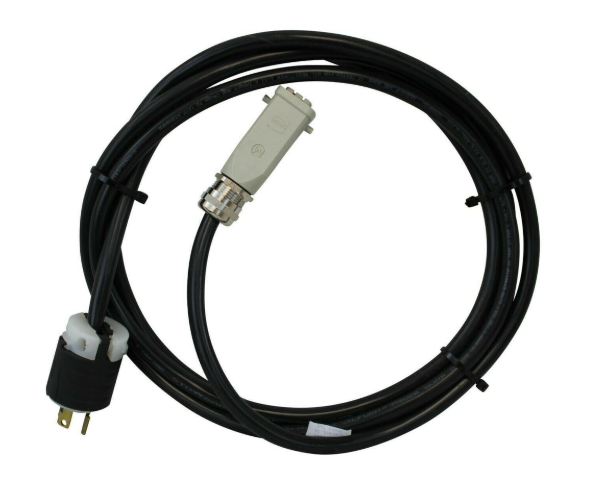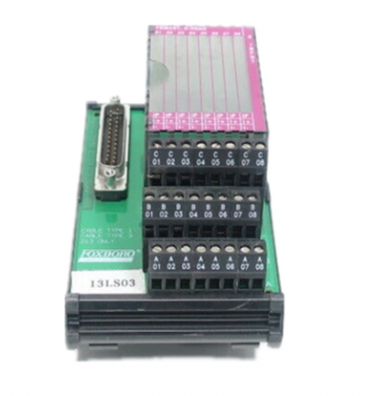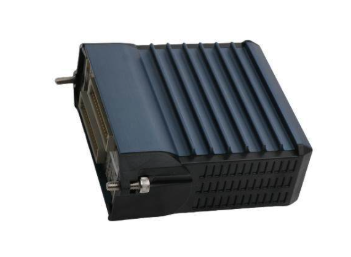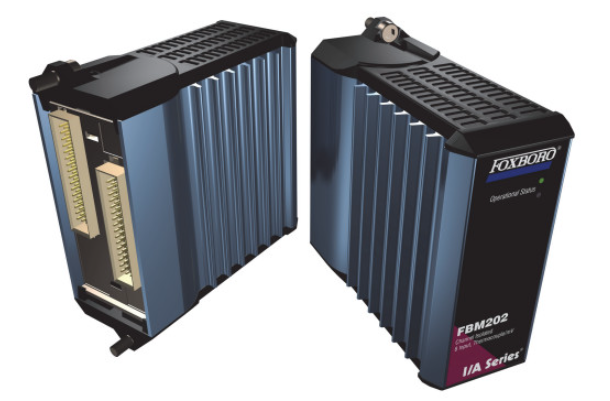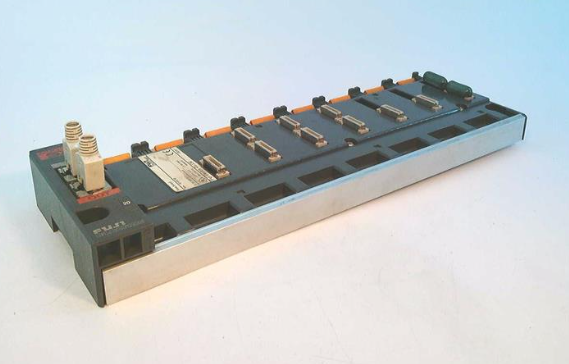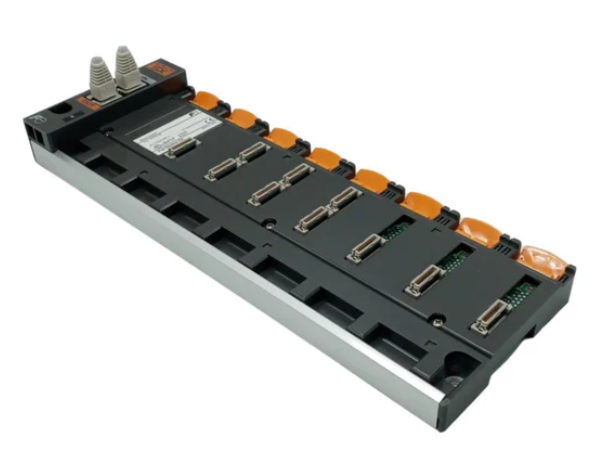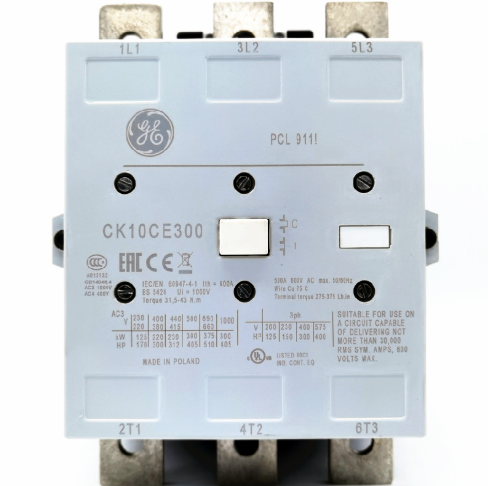Consolidate the foundation of the new power system and promote the high-quality development of photovoltaic "14th Five-Year Plan"
In March 2021, the ninth meeting of the Central Leading Group for Finance and Economics clearly proposed that carbon peaking and carbon neutrality be included in the overall layout of ecological civilization construction, and a new power system with new energy as the main body should be built. The 14th Five-Year Plan is the critical period for consolidating the foundation of the new power system and ensuring the smooth transformation of photovoltaic power generation into the protagonist of the power system.
1. The need to develop new power systems
At present, China's carbon emission reduction task is arduous. Developing and building a new power system and consolidating the foundation for the development of the new energy industry is not only a fundamental measure to reduce carbon emissions at the energy production end, but also an inherent requirement to promote the transformation of the power system.
1.1 Reducing carbon emissions at the energy production end is a fundamental measure to achieve carbon peak and carbon neutrality
In the 21st century, China's total carbon dioxide emissions and growth rate are much higher than that of major economies such as the United States, the European Union, India, Russia and Japan. However, China's per capita carbon dioxide emissions are lower than those of the United States, Russia and Japan, and 46 percent higher than the global average.
Carbon dioxide from fossil energy use and industrial processes is a major source of greenhouse gases. According to relevant studies, in the past 40 years, the growth of China's energy carbon dioxide emissions is closely related to the growth of national product, and has little relationship with the growth of population; In comparison, both energy intensity and carbon dioxide emission intensity show a downward trend, and both are conducive to reducing carbon dioxide emission.

More than 70% of the 2.2 trillion tons of carbon dioxide emitted in the world come from the burning and use of fossil energy, and only by completely getting rid of fossil energy dependence can we solve the climate crisis from the source. China's carbon intensity has continued to decline, and by the end of 2020, China's carbon dioxide emissions per unit of GDP will have been reduced by about 48.4% compared with 2005, exceeding the target of reducing by 40% to 45% ahead of schedule. China's single power and heating sector emits more CO2 than almost all the other big carbon emitters combined in a single country, as shown in Figure 3 below. China's coal power installed capacity and power generation rank first in the world, while the proportion of coal power in the power structure is high, in 2020 coal power generation will be 5.17 trillion KWH, accounting for 67.9% of the total power generation. The large amount of carbon dioxide emitted mainly comes from the operation of coal-fired power generation units. Therefore, reducing coal-fired power generation is the key to achieving peak carbon neutrality. At the same time, the reduced coal power generation provides space for the development of renewable energy generation such as photovoltaic.
1.2 New power system is the inherent requirement of power system transformation
The construction of a new power system based on new energy is in line with the development trend of the transition of the power supply structure to wind power and photovoltaic, and can effectively adapt to the diversified and fast-paced development needs of the power supply construction body.
First, the establishment of a new power system is to meet the basic requirements of safe and stable operation of the power system under the new power supply structure. New power system operation needs to build a new stable operation strategy to achieve real-time balance between power generation and consumption. The power generation terminal of traditional power system is mainly composed of controllable power sources such as coal power and gas power generation, and the system operation satisfies the fluctuating load by adjusting controllable coal power and gas power generation. The new power system is based on uncontrollable and intermittent photovoltaic power generation and wind power as the main power supply, with a large number of power generation units and a wide distribution range, which is very different from the traditional power supply. The uncertainty of renewable energy output and load fluctuation superposition result in the safety operation risk of power system. The stable operation of the power system is more complicated, which requires the power system to have higher intelligent dispatching ability.
Second, the diversification and fast pace of power supply construction objectively require the establishment of a new power system. Compared with traditional thermal power, photovoltaic power generation projects are small in size, large in number, and short in construction cycle, which are bound to make the power system more complex and put forward higher requirements for power system planning. Specifically, the first is to be able to study the rationality of power grid structure and power supply structure in advance, and carry out power planning work more flexibly combined with the characteristics of new power sources; Second, the power planning work should be evaluated and re-compiled more frequently, which requires breaking the rhythm of the original five-year plan of the power system, making full use of digital and intelligent means, grasping the power development situation in time, and adapting to the development law of photovoltaic power generation. In addition, the increasing penetration rate of renewable energy puts higher requirements on the flexibility resources of the power system.
2 Historic opportunity to promote high-quality development of photovoltaic "14th Five-Year Plan" period
Photovoltaic power generation in a variety of renewable energy generation technologies with low power generation costs, wide distribution of resources, easy installation, rich application scenarios and other multiple advantages, by the International Energy Agency (IEA) and many domestic and foreign energy research institutions that is considered to be the main source of electricity in the future. As the world's largest photovoltaic equipment manufacturer, China accurately supports photovoltaic power through top-level design, combined with the carbon peak target of some provinces and cities and industries during the "14th Five-Year Plan" period, the photovoltaic industry may usher in historic development opportunities during the "14th Five-Year Plan" period.
2.1 The development of photovoltaic power generation is in line with the overall trend of international energy transition
Countries have joined the ranks of the United Nations Voluntary Contribution emission reduction commitments, and actively adopted measures to address climate change, the pace of global energy green transition has gradually accelerated, and the importance of clean energy has been deepened.

Oil-rich Middle Eastern countries have also come up with strategies to develop clean energy. The International Energy Agency report shows that by 2030, the total power generation capacity of renewable energy (excluding hydropower) in the Middle East will exceed 192GW, 17 times the current level, of which photovoltaic will account for more than 42%. Under the framework of "One Belt and One Road", China can take advantage of the world's leading advantages in photovoltaic manufacturing to export photovoltaic products to Middle Eastern countries, providing a broad market space for China's photovoltaic industry.
2.2 Photovoltaic power generation has become a key development industry during the "14th Five-Year Plan" period
The "14th Five-Year Plan" period is a key period and window period for carbon to peak, benefiting from the precise support of the top-level design, photovoltaic power generation is expected to better play the role of energy substitution, and achieve the transformation from power generation to the main force.
The Outline of the 14th Five-Year Plan and the 2035 Vision Target Plan clearly states that "accelerate the development of non-fossil energy, adhere to both centralized and distributed, vigorously increase the scale of photovoltaic power generation, accelerate the development of distributed energy in the eastern and central regions, build a number of multi-energy complementary clean energy bases, and increase the proportion of non-fossil energy in total energy consumption to about 20%." In addition, for the current problems plaguing the development of renewable energy such as photovoltaic consumption "Outline" put forward a variety of solutions. "Accelerate the intelligent transformation of power grid infrastructure and the construction of smart microgrids, improve the complementarity and intelligent regulation capacity of the power system, strengthen the connection between the charge and storage of the source network, and improve the consumption and storage capacity of clean energy."
Around the high-quality development of renewable energy of general concern to the two sessions in the past two years, the national energy authorities have actively carried out a series of effective work, from improving the renewable energy consumption protection mechanism, to promote the solution of renewable energy subsidy funds arrears, and then to guide the photovoltaic power generation, wind power, biomass power generation industry sustained and healthy development. The Government Work Report of 2021 clearly states that it is necessary to formulate an action plan for peaking carbon emissions before 2030, optimize the industrial structure and energy structure, and vigorously develop new energy.
2.3 China's photovoltaic equipment manufacturing industry and photovoltaic applications have achieved global leadership
As the world's largest manufacturer of photovoltaic equipment, China continues to deepen international cooperation in the field of photovoltaic, supplying more than 70% of photovoltaic modules to the global market. At present, China has become the world's largest photovoltaic application market, and the new installed capacity and cumulative installed capacity of photovoltaic power generation have ranked first in the world for several consecutive years. In 2020, China will increase its installed PV capacity by 48.2 million kilowatts, including 32.68 million kilowatts of centralized PV power stations and 15.52 million kilowatts of distributed PV. The cumulative installed capacity reached 253 million kilowatts, and the annual electricity generation was 261.1 billion kilowatt-hours, accounting for 3.4% of the total electricity generation in the whole society. The economy of photovoltaic power generation continues to improve, and the initial investment cost per watt of China's ground photovoltaic power generation system in 2020 has been less than 4 yuan, see Figure 4 below. The annual installed capacity of affordable Internet access projects is about 33.05 million kilowatts, and in the past year or two, new photovoltaic power generation projects will basically be fully affordable Internet access.
Under the premise that the new installed capacity of photovoltaic power generation has been greatly distributed to areas with ample consumption space, the consumption situation of photovoltaic power generation has improved significantly. In 2020, the national average light abandonment rate of 2%, basically the same as in 2019, the photovoltaic consumption problem is more prominent in the northwest of the light abandonment rate dropped to 4.8%, a year-on-year decrease of 1.1 percentage points, especially in Xinjiang and Gansu, the light abandonment rate further decreased, respectively, 4.6% and 2.2%, a year-on-year decrease of 2.8 and 2.0 percentage points.
Qinghai Province has achieved the stable operation of a high proportion of renewable energy power system, which has set a good example for the comprehensive construction of a new power system based on photovoltaic and wind power. By the end of 2020, the installed capacity of photovoltaic power generation in Qinghai Province was 12.37 million kilowatts, that of wind power was 6.22 million kilowatts, that of hydropower was 13.01 million kilowatts, that of thermal power was only 370,000 kilowatts, and that of clean energy accounted for 89.3% of the installed capacity. The experience and practices of Qinghai Province in the process of realizing a high proportion of renewable energy are worthy of learning and reference from other regions.

2.4 Under the "30·60 target", China's photovoltaic power generation has a broad potential market space
China's huge power demand stock and the incremental power demand required to maintain sustainable economic and social development is the cornerstone to support the leapfrog development of photovoltaic power generation. The Global Energy Internet Cooperation Organization predicts that by 2025, China's installed solar power capacity will reach 560 million kilowatts, including centralized photovoltaic power generation of 370 million kilowatts, distributed photovoltaic power generation of 180 million kilowatts, solar thermal power generation of 9.36 million kilowatts; From the perspective of sub-regions, the western and northern regions are 310 million kilowatts, and the central and eastern regions are 245 million kilowatts. China Photovoltaic Industry Association is expected in the "14th Five-Year" period, China's annual new photovoltaic installed capacity or will be between 70-90 million kilowatts.
China's carbon peak before 2030 is not a unified peak at a time point before 2030, but combined with the characteristics of economic and social development of various industries and regions, scientific planning, and gradually reach the peak in stages, fields and regions. On March 21, Huang Runqiu, Minister of Ecology and Environment, pointed out at the 2021 Annual meeting of the China Development Forum that it is necessary to promote the development of an action plan for peaking carbon emissions before 2030, steadily implement the "double control" system of carbon intensity and total amount, and support conditional localities and key industries and key enterprises to take the lead in peaking.
Benefiting from the rapid decline in the cost of photovoltaic power generation and wind power generation, the power industry has a lot of technical path choices to reduce emissions, and the implementation of clean power replacement by photovoltaic power generation is more economical to achieve carbon peak. Specifically, in order to achieve the gradual carbon peak in the eastern region, no new coal power projects will be built during the "14th Five-Year Plan" period, and 40 million coal power units will be retired, which can make room for the development of green power such as photovoltaic power generation.
3 Problems faced by the development of photovoltaic power generation during the "14th Five-Year Plan" period
First, the market development pattern of photovoltaic power generation has not yet formed. The rapid change in the layout of photovoltaic power generation in recent years is the result of administrative intervention. In the early period of the 13th Five-Year Plan, photovoltaic applications are mainly concentrated in Gansu and Qinghai, mainly concentrated photovoltaic power stations; In the late period of the 13th Five-Year Plan, photovoltaic applications rapidly turned to distributed photovoltaic, and were mainly distributed in the central and eastern regions, especially forming a dominant situation of household photovoltaic in Shandong Province. With the gradual reduction of the cost of photovoltaic power generation and the realization of comprehensive affordable Internet access, administrative intervention in the layout of photovoltaic power generation should be reduced, and the diversified and balanced development of photovoltaic power generation in various regions of the country should be promoted through market-oriented mechanisms, closely integrated with application scenarios, and the effective use of rich solar energy resources and land resources. At present, the national electricity market construction is relatively lagging behind is the fundamental contradiction.
Second, the intelligent level of the distribution network is not high, and the construction speed cannot meet the needs of the rapid development of distributed photovoltaic power generation. The improvement of the degree of intelligence can effectively improve the space for accepting photovoltaic power generation in the distribution network, and is conducive to improving the utilization rate of distributed and household photovoltaic. The distribution network construction period is long, and the distributed photovoltaic power generation project construction period is short. If the upgrading and technology upgrading of the distribution network is not carried out in advance, it may lead to the delay of the grid connection of distributed photovoltaic power generation projects, and reduce the economy of distributed photovoltaic projects.

Third, the current power system mechanism can not fully utilize and mobilize the power system flexibility resources. Objectively speaking, the existing flexible resources of China's power system are not much, so it is necessary to reform thermal power units to increase the supply of flexible resources. At present, China's auxiliary service market is not perfect, there is no compensation mechanism for the transformation of flexible units, neither can use the existing flexible power supply, nor can effectively mobilize the enthusiasm of thermal power enterprises to carry out flexible transformation of thermal power units, limiting the improvement of consumption space.
Fourth, the power system mechanism that supports photovoltaic power generation to become the main power source still needs to be improved. There is no clear statement on how photovoltaic power generation will assume the responsibility for the safe and stable operation of the power system in the future, and it is urgent to clarify the relevant requirements for photovoltaic power generation from the perspective of top-level design. At present, the photovoltaic power generation is equipped with a certain capacity of energy storage is not the best solution for the development of photovoltaic power generation, and the future through the auxiliary service market to solve the problem of safe and stable operation of the power grid is more efficient and less costly.
Fifth, the lack of flexibility of the power system has led to the Northwest region becoming the main region to abandon light. Gansu and Qinghai, with relatively good solar resource conditions, were the first to begin large-scale development of centralized photovoltaic power stations. In 2015, the installed capacity of photovoltaic power generation in the two provinces was 610 million kilowatts and 5.64 million kilowatts, respectively, ranking first and second in the country, as shown in Figure 5 below. In a short period of time, the installed capacity of photovoltaic power generation was greatly increased, but the local flexible power supply construction could not keep up, and Gansu and Qinghai ushered in a large area of photovoltaic power rationing, especially the most serious power rationing in Gansu. In order to inhibit the further occurrence of light abandonment phenomenon of photovoltaic power generation, the National Energy Board has taken a series of measures to guide the development of photovoltaic to the area of absorption space, and the photovoltaic increment in the 13th Five-Year Plan is mainly concentrated in the central and eastern regions, see Figure 6. From 2017 to 2019, the average light abandonment rate of photovoltaic power generation in China was 6%, 3% and 2%, respectively, and the utilization rate of photovoltaic power generation was improved.
- EMERSON
- Honeywell
- CTI
- Rolls-Royce
- General Electric
- Woodward
- Yaskawa
- xYCOM
- Motorola
- Siemens
- Rockwell
- ABB
- B&R
- HIMA
- Construction site
- electricity
- Automobile market
- PLC
- DCS
- Motor drivers
- VSD
- Implications
- cement
- CO2
- CEM
- methane
- Artificial intelligence
- Titanic
- Solar energy
- Hydrogen fuel cell
- Hydrogen and fuel cells
- Hydrogen and oxygen fuel cells
- tyre
- Chemical fiber
- dynamo
- corpuscle
- Pulp and paper
- printing
- fossil
- FANUC
- Food and beverage
- Life science
- Sewage treatment
- Personal care
- electricity
- boats
- infrastructure
- Automobile industry
- metallurgy
- Nuclear power generation
- Geothermal power generation
- Water and wastewater
- Infrastructure construction
- Mine hazard
- steel
- papermaking
- Natural gas industry
- Infrastructure construction
- Power and energy
- Rubber and plastic
- Renewable energy
- pharmacy
- mining
- Plastic industry
- Schneider
- Kongsberg
- NI
- Wind energy
- International petroleum
- International new energy network
- gas
- WATLOW
- ProSoft
- SEW
- wind
- ADVANCED
- Reliance
- YOKOGAWA
- TRICONEX
- FOXBORO
- METSO
- MAN
- Advantest
- ADVANCED
- ALSTOM
- Control Wave
- AB
- AMAT
- STUDER
- KONGSBERG
- MOTOROLA
- DANAHER MOTION
- Bently
- Galil
- EATON
- MOLEX
- Triconex
- DEIF
- B&W
- ZYGO
- Aerotech
- DANFOSS
- KOLLMORGEN
- Beijer
- Endress+Hauser
- MOOG
- KB
- Moxa
- Rexroth
- YAMAHA
- Johnson
- Westinghouse
- WAGO
- TOSHIBA
- TEKTRONIX


Email:wang@kongjiangauto.com














